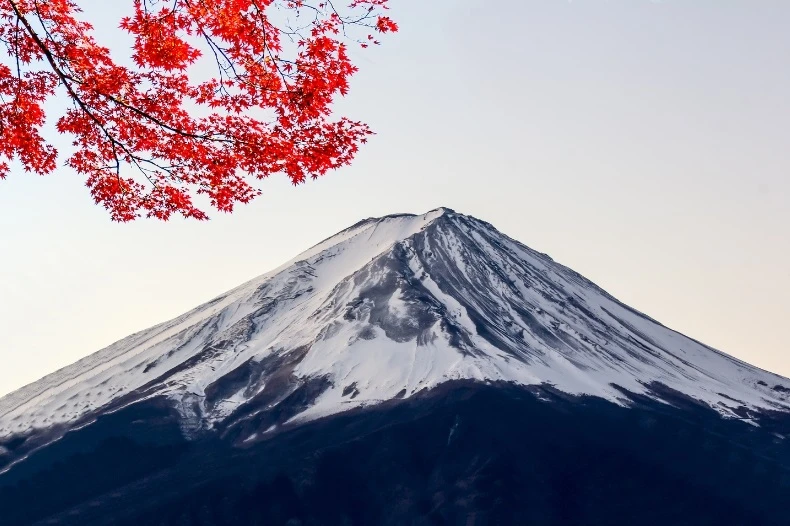
Japan is a lovely eastern Asian island nation in the Pacific Ocean. 6,852 islands make up the nation. Japan’s cultural history is lengthy. The nation is a well-liked travel destination because of its beautiful beaches, lush plains, stunning mountains, and mild temperature; but which cities are the best places to live in Japan?
Japan is home to one of the world’s densest populations. However, its bigger cities are renowned for their excellent sanitation, robust economics, stunning architecture, cultural landmarks, delectable food, green spaces, and vibrant eating, shopping, and entertainment options.
While some Japanese people love living in major cities, many choose the more affordable, family-friendly smaller cities with plenty of retail options and many opportunities to take in the stunning island scenery.
The best of both worlds may be found in many Japanese cities, offering convenience, quiet, and tranquillity all while being only a short train trip from a bigger metropolis.
Finding the best places to live in Japan
When most people think of Japan, they think of Tokyo, Osaka, or Kyoto, but there are many more beautiful places with tremendous chances. Don’t worry if you’re interested in learning more and weighing your alternatives for where to call home.
Everything is covered for you here. Let’s get into determining where you should reside in Japan by breaking down the many elements that might influence your choice of prefecture, city, or location.
So, which are the best places to live in Japan? Since it depends on what you think is the “best,” it is hard to answer. Since each individual is unique, the best places to live in Japan will vary depending on their hobbies, lifestyle, and personality.
Factors to consider when choosing best places to live in Japan
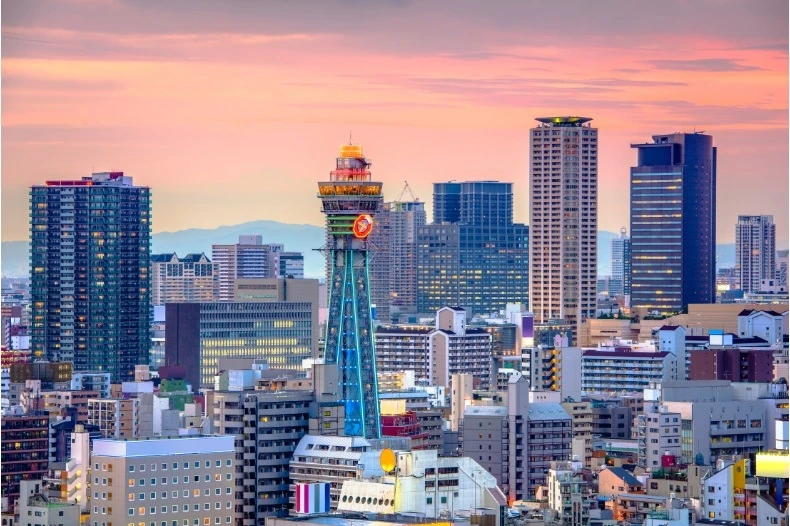
Cost of living
The cost of living would be a major consideration when determining the best places to live in Japan. Although major Japanese cities like Tokyo, Kyoto, and Osaka often have relatively high expenses of living, there are several prefectures around the country with cheaper prices of living.
One of those other prefectures could be more your style if you’re not a big admirer of big crowds or the urban jungle.
Remember that even in large cities, there are places or methods to reduce costs. Check out our piece about how costly life is in Japan if you’re curious to learn more.
Job Opportunities
If you’re planning to relocate here and stay for a while, you’re probably thinking about work options as well. Please note that the following are only suggestions; for more precise information, you should always contact a specific firm.
English Teacher As A Career
Many foreigners begin their careers as English teachers. English teaching positions are plentiful, but bear in mind that competition can be fierce in Tokyo and other major Japanese cities, particularly if you have specific requirements about your work schedule and the type of pupils you wish to instruct.
The greatest cities in Japan for you to reside in are the smaller, more relaxed towns since there is less competition and more room for freedom.
Companies
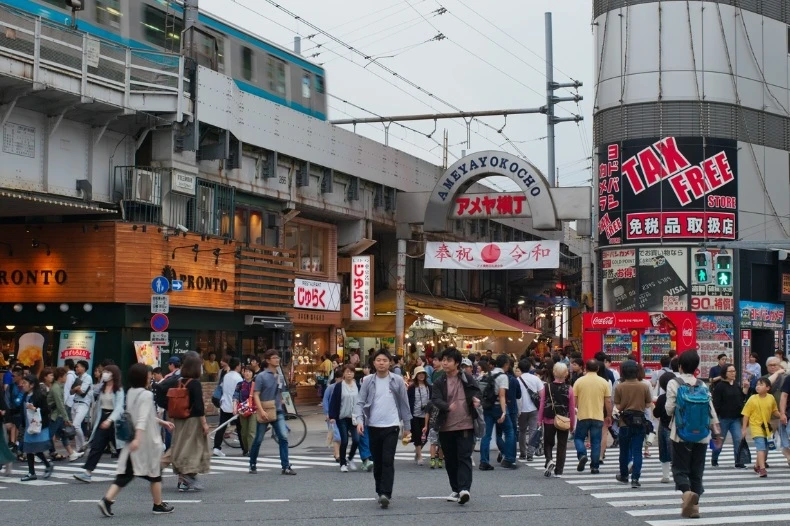
Best place to live in Japan: Business buildings
You should definitely consider living in or close to a large city if you want to work in the banking, finance, marketing, PR, design, HR, IT, programming, or other related industries for an international organization.
You have more freedom to choose where to reside if you want to work for a Japanese firm. Big Japanese corporations have their headquarters mostly in large cities, although there are also smaller businesses spread throughout the nation.
Numerous companies, including those of Toyota, are located throughout Japan and accept foreign labor.
Service industry
There are many places for you to reside in Japan if you want to work in the service sector, and many local governments will assist you in finding employment. Working at supermarkets, convenience stores, eateries, retail establishments, and other places is a choice for you.
Climate Overview
Japan may not be very big, but because of its location and form, its many areas can have radically diverse climates. This implies that many areas have their festivals, sports, and seasonal flowers. For an instance, Hokkaido
With a subarctic climate, the northern region of Japan has drier and colder weather. Summertime highs are approximately 25°C/77°F, while winter lows are around -5°C/23°F. With its winter festivals, Hokkaido and Tohoku draw tens of thousands of visitors every year.
Tokyo is located in the eastern portion of Japan, which experiences widely different seasons. Summers are often intensely hot and muggy, reaching highs of 30-35°C/86-95°F; winters are chilly and dry, with lows of 0°C/32°F.
Many locations will turn on the air conditioning in the summer and the heating in the winter, so you should feel rather cosy inside.
The climate in the southern region is subtropical. Cities like Fukuoka see winter lows of about 5°C/41°F and summer highs of about 30°C/86°F.
The warmest prefecture is Okinawa, which is an island nation apart from Japan. There, winter lows of only around 15°C/59°F are experienced, while summer highs of 30°C/86°F are recorded.
Best places to live in Japan
Now for the big question! Which are the best places to live in Japan? Let’s examine the top eight cities in the world where there are now the most foreign residents.
Tokyo
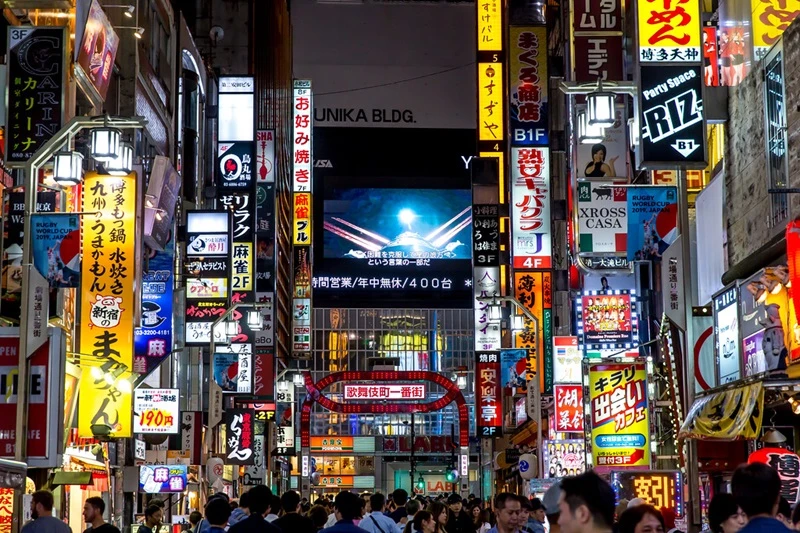
Tokyo can be the best places to live in Japan if you like to be in the centre of the action and don’t mind spending a little bit extra or going smaller.
Tokyo has the highest percentage of foreign inhabitants in Japan (20%), hardly surprising given that it is the country’s capital and the location of several embassies and multinational corporations.
Several events and activities take place in this vibrant city throughout the year, making it one of the liveliest in the world. With buses and trains around the city, it’s also quite handy.
Tokyo may be the greatest place to live in Japan as it attracts the greatest number of tourists, which makes it easy to meet people from all over the world.
As previously said, you would make more money in Tokyo than in any other Japanese metropolis. However, living expenses are also often greater.
If you’re looking for a respectable expat community without having to pay a high cost of living, consider the Japanese prefectures ranked fourth, fifth, and sixth in terms of foreign population.
Osaka
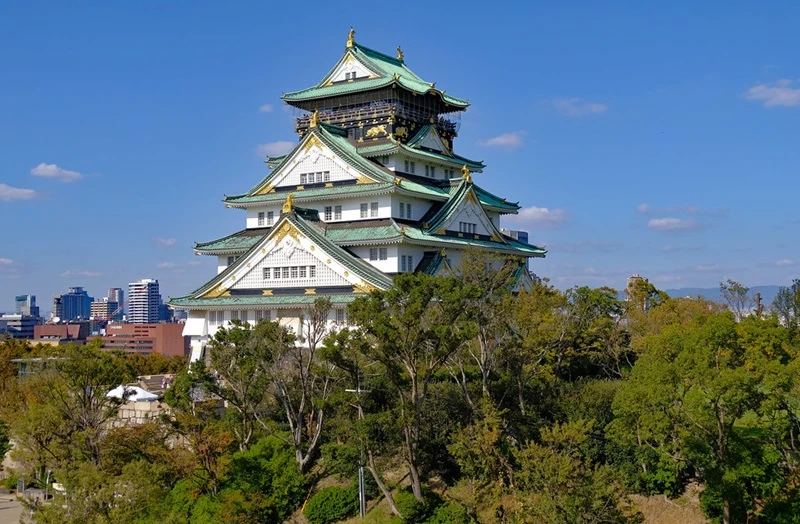
Osaka has one of the highest numbers of foreign residents, and it makes sense—it is home to Universal Studios, the well-known Namba district, and it is conveniently located near two other exciting cities: Kyoto and Nara.
In addition, Osaka is home to numerous international businesses and Japanese companies, earning it the moniker “the second Tokyo.” Like Tokyo, Osaka boasts an abundance of entertainment options, but it differs primarily from Tokyo in that its residents are stereotyped as being more outspoken and rowdier than those in Tokyo, who are thought to be more reserved and courteous.
In fact, Osaka was ranked first among prefectures with the most “personality.”
Kyoto
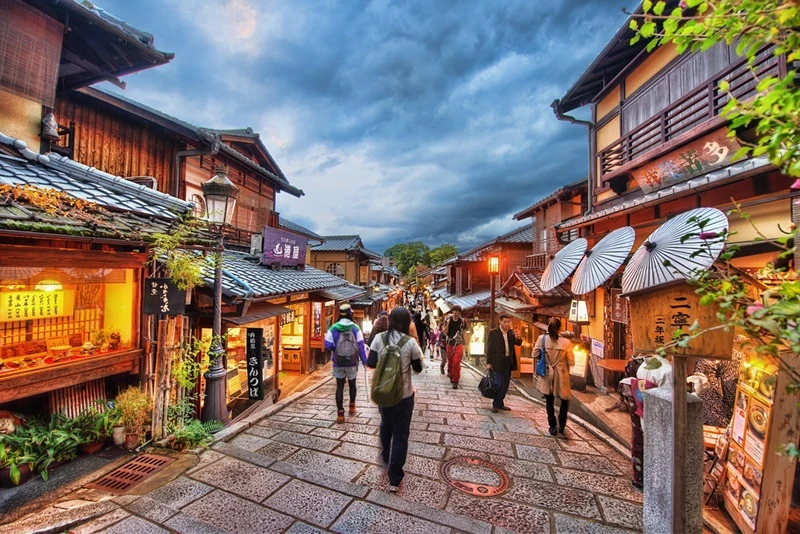
Over 60,000 foreigners who work in the hotel industry call Kyoto home as a well-liked tourist destination and cultural hub. Kyoto is well-known for its gardens, royal palaces, Shinto shrines, traditional wooden homes, and classical Buddhist temples.
Travelers from all over the globe come here to enjoy the serenity and cuisine of Japan, particularly the dishes of eel (hame), boiled tofu (yudofu), and tsukemono, which are sold at the city’s most well-known market, Nishiki.
With direct bus and train connections to Osaka, you can get there in about an hour by bus or around 30 minutes by train thanks to Kyoto’s first-rate bus and train infrastructure.
For individuals who want to live close to Japanese temples and gardens yet still be a short distance from the typical Japanese major city bustle, Kyoto is a terrific place to call home.
Sapporo
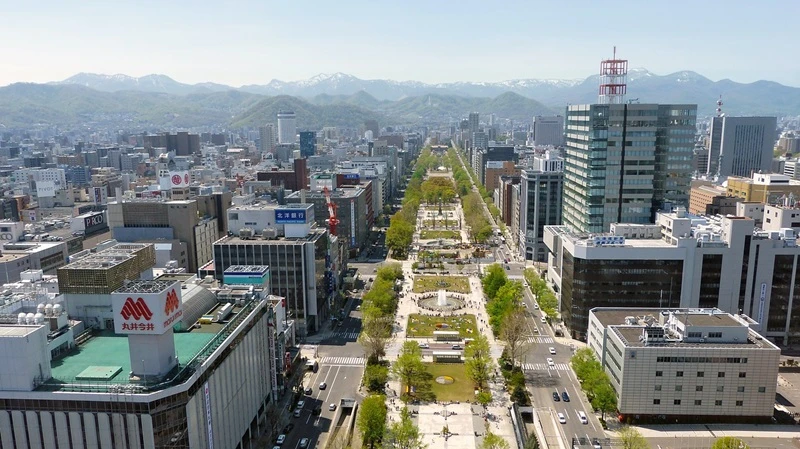
Sapporo, home to over 15,000 expats, is the fourth most populated city in Japan. Situated in Hokkaido, the country’s northernmost major island, it’s a well-liked skiing resort both domestically and abroad.
Furthermore, Sapporo is the home of the Sapporo beer brand; nonetheless, the city is also well-known for its Miso Ramen and its annual cherry blossom viewing, which takes place from mid-April to early May.
Sapporo is home to many expatriates due to its milder and colder climate, very effective and well-run transit system, and more affordable cost of living when compared to Tokyo, Osaka, and Yokohama. These factors also helped Sapporo rank among the best places to live in Japan to live.
Fukuoka
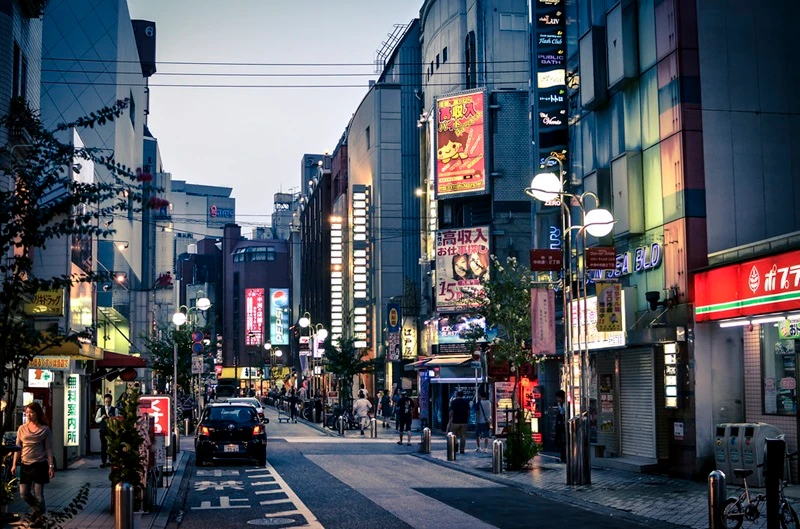
Fukuoka is the capital of Fukuoka Prefecture. It is situated on Kyushu Island’s northern shore. Fukuoka is a nice location to live despite its high population. It was formally designed in 1972 and developed as a port city.
Its ports attract visitors and cruise ships, which boost the local economy. Fukuoka Castle, a zoo, galleries, parks, and beaches are enjoyed by both locals and visitors.
Numerous businesses in Fukuoka provide startup enterprises with services and support. In Fukuoka, there are a lot of international students. The city has an excellent culinary scene with specialties like pork stock ramen and spicy cod roe.
Nishinomiya
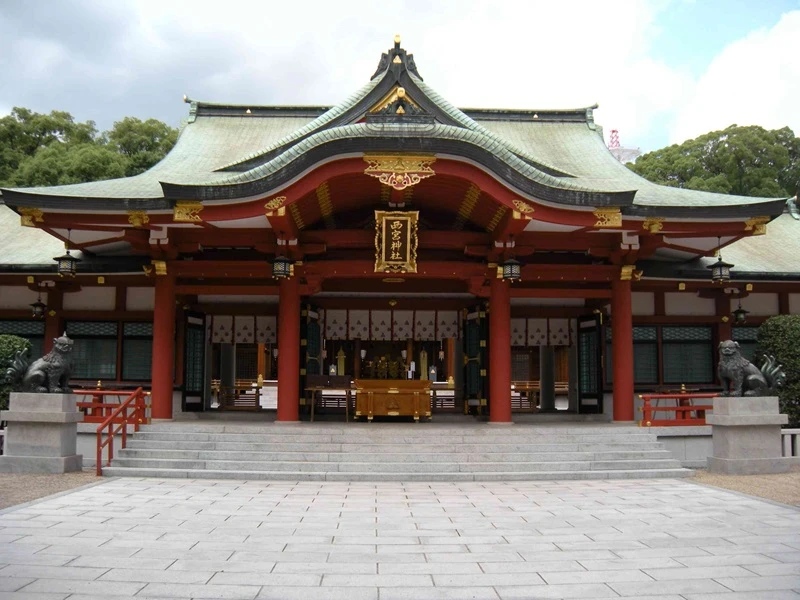
Because of its natural beauty, strong economy, universities, and professional sports, Nishinomiya is a fantastic area to live. Nishinomiya, which is in Hyogo Prefecture, is bordered to the north by Mount Kabuto and to the south by Osaka Bay.
The town is traversed by the rivers Mukogawa and Nigawa. Kwansei Gakwin University, established in the nineteenth century by American missionaries, is located in Nishinomiya.
The Hanshin Tigers baseball club plays its home games at Koshien Stadium, which also serves as the site of Japan’s high school baseball finals. The city’s economy is strong, and Furuno, a business that makes medical and maritime equipment, has its headquarters there.
Okinawa
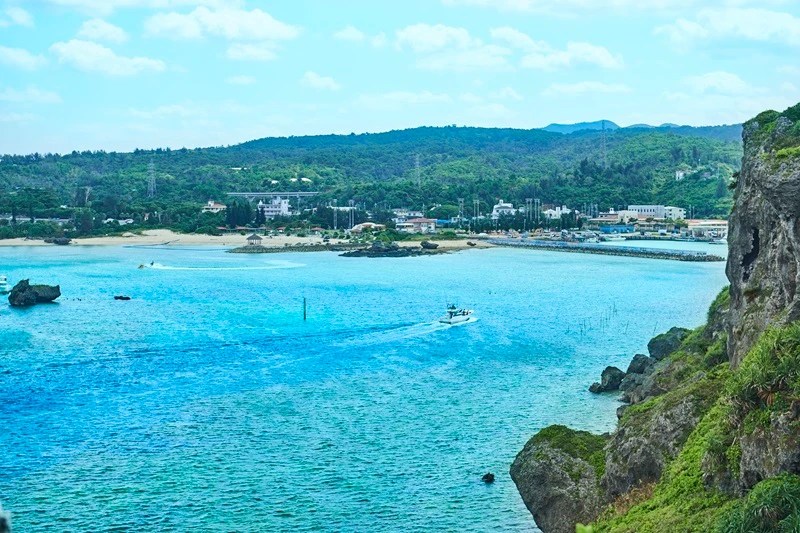
Situated on Okinawa Island, Okinawa City is isolated from Japan’s larger cities. Despite having a sizable population of 140,000, it’s still a fantastic area to live in. The development of Okinawa City was centered on agriculture.
The city was taken over by the United States of America following the Battle of Okinawa during World War II. Okinawa is known for its riots in the 1970s and has a long history of social justice.
Living in the city is an excellent idea. The National Sports Festival of Japan and the Southeast Botanical Gardens are popular with locals.
Kobe
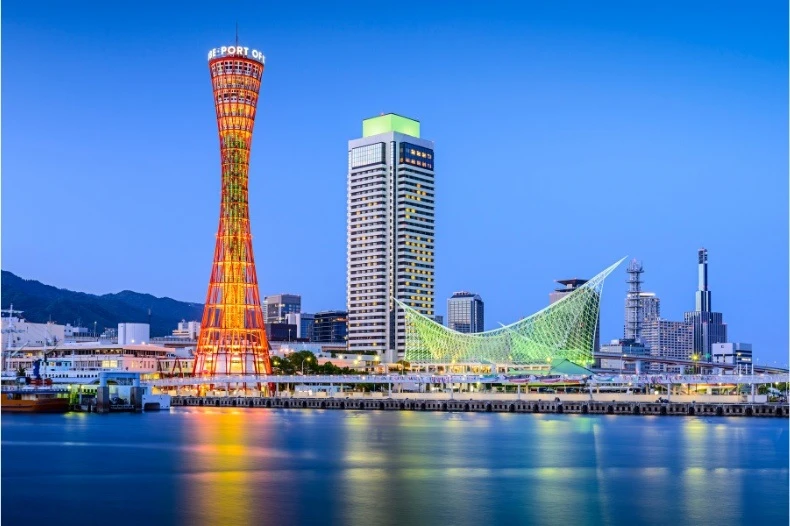
One of the biggest cities in Japan is Kobe, well-known for its Kobe Beef, which is grown in the nearby Prefecture of Hyogo. Kobe is situated next to Osaka Bay on Honshu, the biggest island in Japan.
Osaka is about 30 kilometers away from Kobe. Together with Mount Rokko and Mount Maya, Kobe has two artificial islands. The city is long and thin, bending along the coast and mountains. Two attacks during World War II bombed Kobe.
Residents created the “Kobe Formula” in 1975, which prohibited any ships from transporting nuclear weapons. Kobe experienced a significant earthquake in 1975 but swiftly recovered.
Useful Resources
Conclusion
The largest cities on our list of the best places to live in Japan are home to a plethora of international inhabitants who are looking for work, entertainment, dining, and touring possibilities.
Of course, there are other special locations in Japan for foreigners that are more laid-back and native, such as the stunning Okinawa for a more laid-back beach lifestyle or Kobe for its clean mountain air and elegant yet roomy urban setting.
Moving to Japan and experiencing it firsthand is the greatest way to choose which location is best for you.
